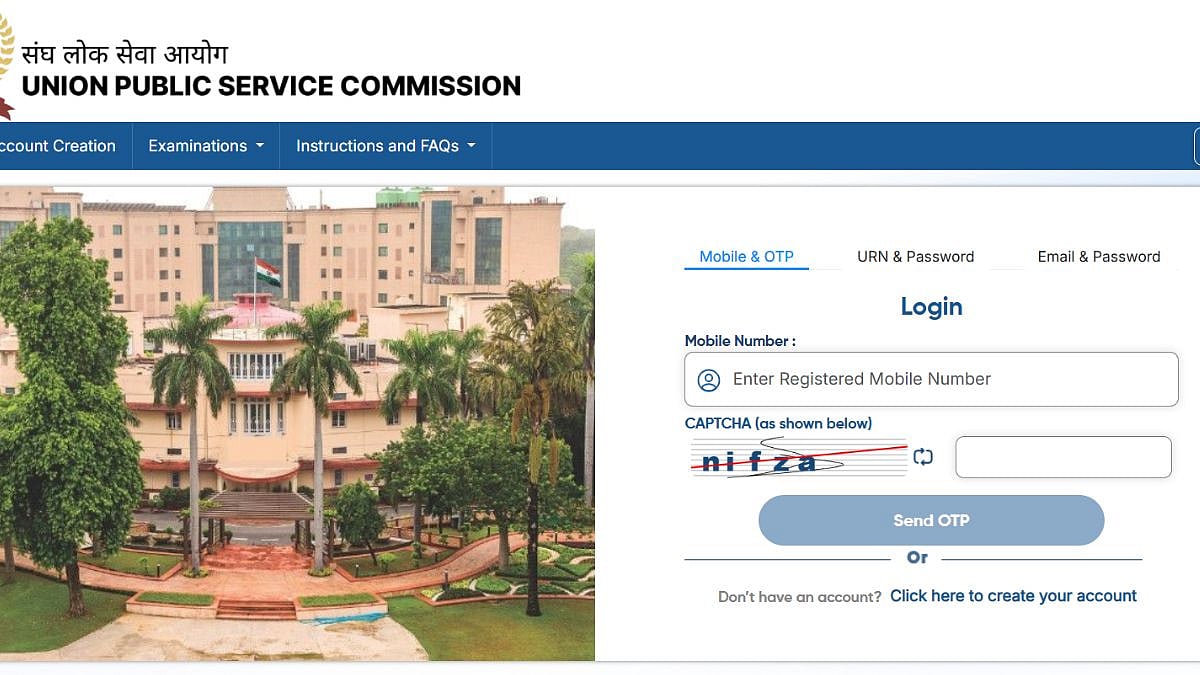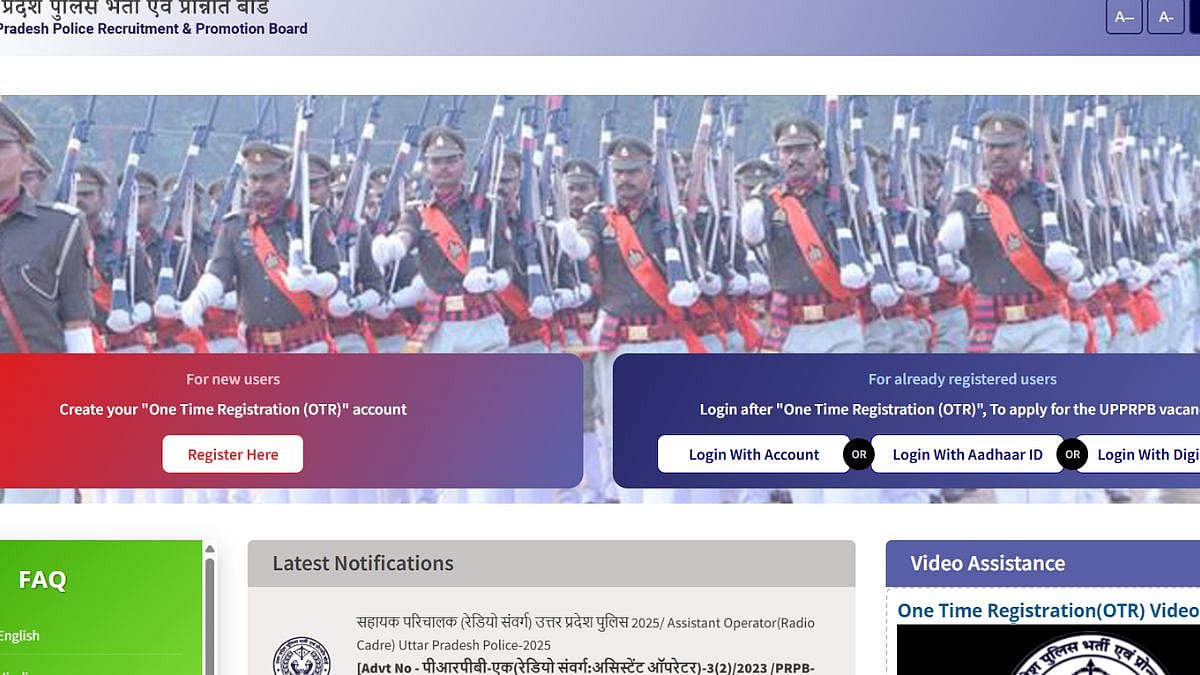Building a culture where every employee has a say in the way things are done and mutually benefit from the overall achievement of goals is a clear indication of how well the employees are engaged in the initiative. The Model using the acronym "A-E-I-O-U" comes into play (Acclimatize & Accommodate, Engage, Involve, Organise and Unite). The second important element of engagement is being discussed in this article. Building this is a very important activity for an integration to succeed. In this article the focus is on building Engaged employees
Mergers and acquisitions (M&A) can be a time of great change, chaos and uncertainty. While the organisations have to keep their revenues and operations going, the process of building synergies between the 2 organisations often is challenging. As two companies come together, there is often a lot of overlap in processes, markets, supply chain, finances, IT and of course the most important function of Human Resources. While there is a risk of job losses, process redundancies and risks and operational inefficiencies, employees may be concerned about the new company culture, leadership team and insecurities.
Employees are the central nervous system of any integration process because they are the doers and are going to make things happen. In this context it is very important to keep employees engaged during an M&A integration process. A highly engaged workforce is more productive, innovative, efficient and loyal. Engaged employees are also more likely to stay with the company through the transition period and beyond.
There is a need to build a fine equilibrium between what is expected from the employees and how to get them involved. Involvement comes with engagement and can build a sustainable execution model. Integration process brings about changes to the systems and processes of both the entities and employees will have to bring about a change in their behaviours. It is to challenge the assumption of which one precedes the other – Systems bring about a change in behaviour or behaviours bring about a change in the systems. Engaged employees can strike a fine balance and adoption becomes less intimidating. Engaging employees during an M&A integration process is as critical as carrying out the business operations. Engagement is built on 4 pillars – Credibility, Fairness, Respect and Trust.
The extent to which employees can believe, rely on and have faith in the way management determines the credibility pillar. During the initial phase of Acclimatizing and Accommodating management has to start the process of building their credibility- Say what they would be doing and do what they say. Management has to open multiple channels for employees to express their views and opinions and be able to address all their concerns. In this digital world it is very convenient to do this and the reach could be far and wide in a very short span of time. It would be very important to inform employees of any consequences that may arise and the management's compassion towards consequence management. It is during these times rumours tend to spread more and Management can establish its credibility by having more open communication meetings and be accessible to the employees.
The second is Fairness Pillar Management should be fair in their actions and also seen as being fair. Care should be taken to sensitise managers on the unconscious biases that may creep in. Meritocracy should be the norm. Employees should perceive that the organisation has established a level playing field for all. Even if an employee feels unfairly treated, they must believe that they have ways to recourse. Employees' perception that organisation is fair emanated from being treated equally. Decisions are well thought through and a democratic process.
The third is Respect Pillar. This is a very important element and is the underlying attitude that employees see expressed in Management’s action towards them. Employees must feel that they are respected and supported as individuals. This stems from employees being given a lot of responsibility for their jobs and involvement in decision making that affects their work. Individual development should be provided for employees to hone new skills. Management also shows respect by encouraging and responding to employee’s suggestions and ideas.
The fourth is the Trust Pillar. Several researchers have come to the conclusion that leveraging the trust model is not about employee’s satisfaction, although improved employee satisfaction is likely to be an outcome of improving trust. Improving Trust is also not about special HR practices. Trust model focuses on conditions that demonstrate the heart of a good workplace – the quality of relationship within it. During an integration process, the quality of relationship is most affected because of insecurities and the complex nature of the integration process. Organisational involvement is at the heart .
Organisational involvement is at the heart in employee -management, employee-employee and employee- job relationships. Key element of Trust is to be nurtured in all the three interconnected relationships. While fostering trust in the management – employee relationship is the most important element for successful integration, attention must be given to the employee’s relationship with the job itself. The Key here is pride. Engaged employees have pride in what they are doing and believe that they can make a difference. They would start believing that their services have some significance to others. Managers must cultivate this attitude by helping employees see how their tasks fit into the overall big picture.
Engagement is all about Involving employees in the integration process. Create opportunities for employees to get involved in the planning and execution of the integration process. This will help them to feel more invested in the outcome and more committed. Celebrate successes. As the organisation makes progress on the integration process, be sure to celebrate the successes with employees. This will help to boost morale and keep everyone motivated.
Engaging employees during an M&A integration process is essential to a successful transition. By following the tips above, Organisations can create an engaged and productive workforce that is committed to the new company.










